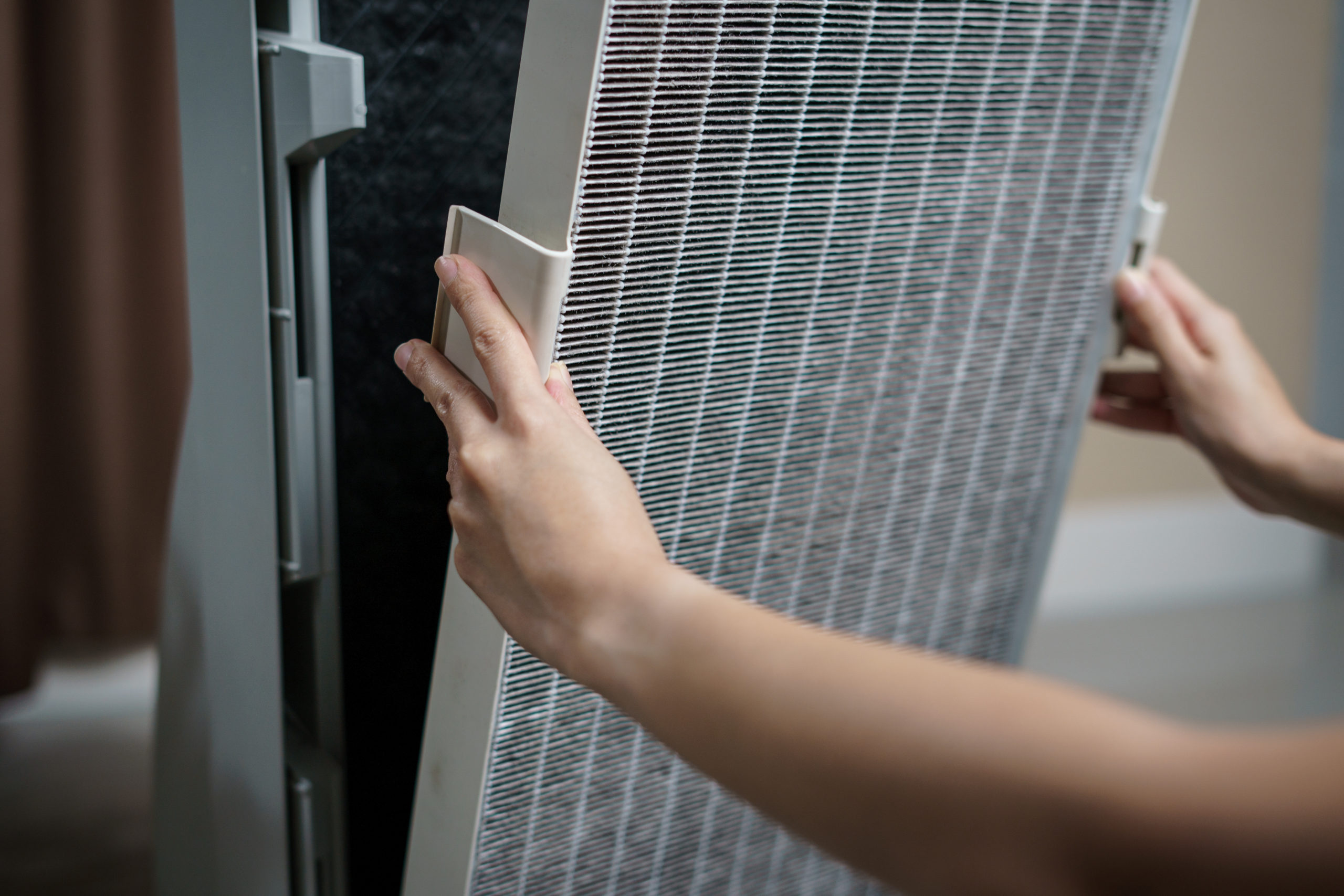Setting priorities and choosing processes and products that are both people-friendly and earth-friendly can be applied to every facet of work and home life, even vacuuming.
Sustainability, a method for utilizing resources so they are efficiently used, are not depleted or permanently damaged, is the most recent direction of the green cleaning movement. The definition of sustainability, however, is actually much broader. Setting priorities and choosing processes and products that are both people-friendly and earth-friendly can be applied to every facet of work and home life, even vacuuming.
[EasyDNNnewsToken:Left Justify Embed 300 x 250]
To apply sustainability initiatives to vacuums, research and choose a vacuum that
1. Is durable so it lasts a long time.
2. Contains parts which can be readily replaced.
3. Is easy to service and maintain.
4. Is rated high for soil removal and soil containment.
5. Does not negatively affect indoor air quality.
Proper maintenance is imperative to sustain a vacuum and avoid frequent replacement, and a commercial vacuum cleaner can last for several years if maintained properly. Inspect your machine before and after each use:
1. Roller brush should be cleaned after each use and replaced when worn.
2. Check vacuum hoses, both internal and external, for obstructions.
3. Inspect the heads of upright machines and power heads, as rough edges, broken wheels or bent metal can damage floors and carpeting.
4. Inspect belts before each use to make sure they are seated properly, and always keep a replacement belt handy.
5. Inspect the machine’s filters. Heavily soiled filters can decrease the vacuum’s effectiveness and damage the motor. Follow manufacturer’s instructions for care and replacement of filters.
6. Inspect the machine’s seals to prevent leakage of dust and dirt back into the air and to preserve indoor air quality in the building.
7. Do not store vacuums near sinks or other high moisture areas.
8. Always carefully follow the manufacturer’s care and maintenance instructions. This not only guarantees your warrantee on the machine but also helps the machine last longer.
While vacuuming best practices haven’t changed much, careful training, re-training and quality control become essential for ensuring that your vacuuming standards are sustainable in both theory and practice.
Once you’ve honed the vacuuming procedure to a high state of efficiency and sustainability, continuing to refine that procedure rests with some of the newest trends in vacuum construction and supplies:
Biodegradable Dust Bags
These bags are made with either a high quality paper or polypropene (PP) and a recycled cardboard collar, none of which release chlorine when burned or recycled.
Low Energy Consumption and High Performance Vacuums
High power (or amperage) is not an indicator of good vacuum performance. Research shows many vacuum cleaners with high power have unnecessarily high energy consumption without performing any better than models with less power. Cleaning head design, carbon brush mechanisms, a sealed system, and other overall design details are more important factors for cleaning performance.
Brushless Motors
Most vacuum cleaners rely on carbon brushes to supply electrical power to a rotating armature. These brushes tend to wear down resulting in a decline of power to the motor over time (brushes can be replaced in some vacuums). A new generation of brushless motors drives a permanent magnet rotor without physical contact resulting in extended motor life. These motors are smaller, lighter and run at higher speeds than carbon brush motors.
Cordless/Battery-operated/Hybrid Vacuums
Larger battery-operated and hybrid vacuum cleaners are being introduced into the professional market as battery technology improves. The integrated electrical supply (usually a lithium-ion battery) is cordless and uses rechargeable battery storage during its operation. Hybrids can use either a power cord or a battery during operation. At present, the challenge is finding a professional cordless vacuum that can run longer than an hour or so before requiring recharging.
Ultimately, sustainable vacuums are efficient, productive, and durable.
http://www.energystar.gov/ia/products/downloads/ENERGY_STAR_Scoping_Report_Vacuums.pdf
http://www.topten.eu/uploads/File/Newsletters/Topten_Focus_Vacuum_cleaners_Feb_13.pdf






